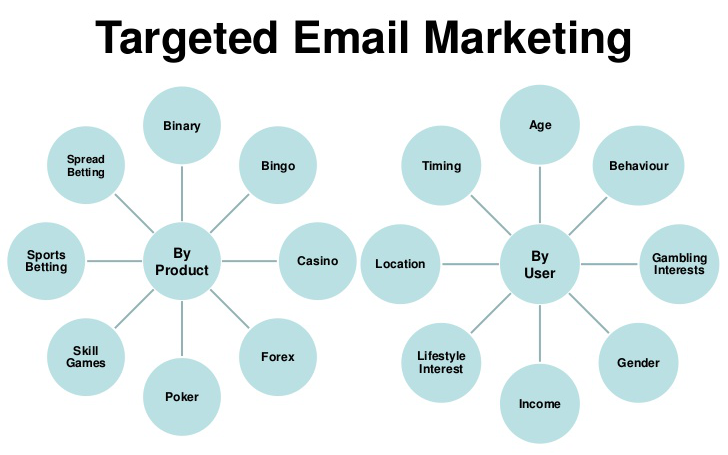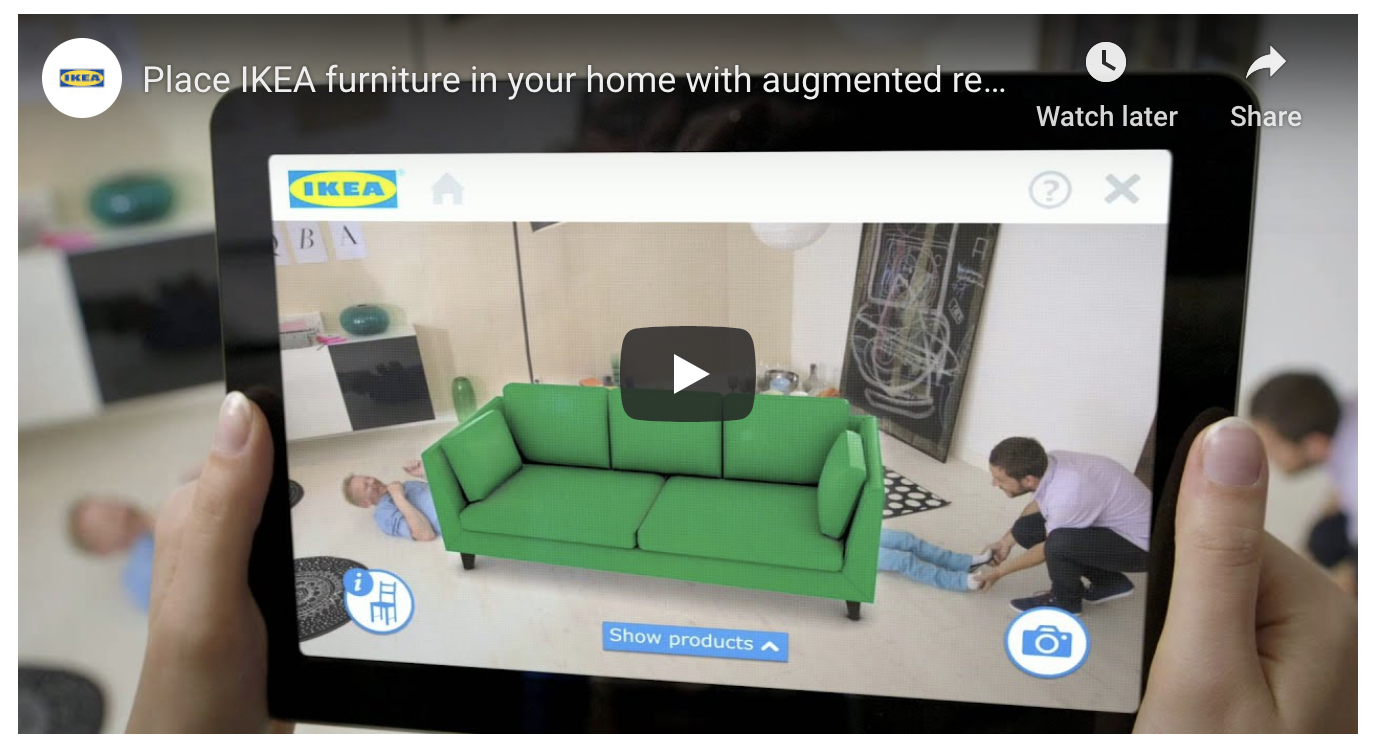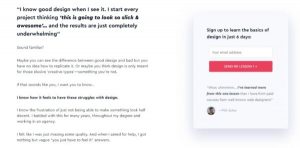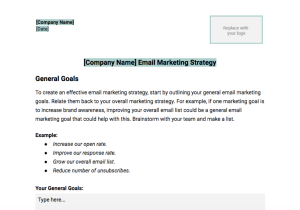In the 1986 sci-fi/horror classic The Fly, Ronnie (Geena Davis) notices that the subject of her newspaper interview Martin (Jeff Goldblum) always wears the exact same outfit. Pressing him as to why, Martin reveals his wardrobe containing five identical sets of clothing. “Learned it from Einstein”, he elaborates. “This way I don’t have to expend thought on what I have to wear… I just grab the next set on the rack”.
Martin’s point is that he chooses to reduce his options in one area to open up his options in others. Ronnie is shocked that he’d voluntarily have less choice, but it raises an interesting concept.
The plethora of options available to modern consumers can often be overwhelming. One argument would say that greater choice allows for greater freedom, and that such variety is the product of healthy markets.
On the other hand, we hear numerous examples of choice being an illusion that stifles us, preventing us from making decisions. This is replicated in the B2B world, as well, with many businesses reporting a “bewildering range” of IT solutions to choose from.
Most searches on Amazon will result in a vast array of products that fit the description and can be in our hands within hours, at the click of a button. Sign in to Netflix and you’ll be greeted by endless hours of entertainment across every genre imaginable, pitched somewhere on the scale of low- to high- brow to make sure every mood and viewer is catered for.
Add to these the numerous other streaming services, fast food, fast fashion, and next-day delivery options, and you realize the scale of instant gratification combined with near-infinite choice.
It would seem, then, that increased choice can only be a positive thing for consumers. But it’s not necessarily that simple.

Take the Netflix example. I can’t (nor would I want to) count the hours I’ve spent looking for something to watch, rather than watching. The fear of making an incorrect choice sometimes prevents us from choosing at all. The value we place on our downtime leads us to invest in a wealth of options, but then those options get in the way of what we want them to do.
The scale of these brands would seem to indicate that providing choice is one of the defining traits of a successful modern business. For the individual consumer, though, that doesn’t always tally with satisfaction.
Yes, customers are used to having a huge amount of choice. That isn’t going to change anytime soon. To maximize the potential of that choice, though, businesses need to present their offering in a palatable way. By pursuing conversions through increasing choice, you may be getting in the way of helping your customers make a decision.
Efficient marketing and sales conversion should be woven into your business strategy. They’re as essential to your bottom line as understanding your supply chain and landed costs. Let’s explore some areas you should be focusing on that will make your sales communications work harder.
Targeting
Online sales generate data, and if you’re not using this data in the right way then you’re missing out. The key benefit of sales data is that it lets you know what people are interested in, what they’ve purchased, and what they’re likely to buy in the future.
Businesses have a very limited amount of time with each customer, and it’s important to have a strategy in place to make that experience positive. Positive experiences help brands grow and retain customers. However, no-one will see irrelevant products and offers being imposed on them in a positive way.

Using data to target marketing comms helps increase your relevance (Image Source)
Segmenting your audience and targeting your ecommerce will deliver relevance to your customers. Brands that do this build better relationships and reputations with their base, and can use this to explore even more in-depth ways of gathering feedback.
Customers aren’t willing to spend much time with brands that don’t understand them, and data is key to this. All told, people spend a significant proportion of the day online, so the scope is there for brands to utilize data, engage users, and provide the right choices to the right people at the right time.
It’s not about too much or too little. Less isn’t always more. But knowing your audience and providing choices they are happy to make is essential.
Simplicity
Of course, it goes without saying that most ecommerce should be simple and to the point. Moving a customer from interest to conversion is a process, and we need to maximize the possibility of success at each stage. So what steps can you take to provide a simple path to each sale?
Having a clear CTA is essential. If a user isn’t sure what the point of communication is, or what they need to do to benefit from it, then that potential conversion falls at the first hurdle. This is one area when less definitely is more.
An effective CTA needs to fulfill a few objectives. Firstly, it must be attractive to that particular consumer. This will have been dealt with through your data-driven targeting. As well as this, your comms need to present the consumer with a clear goal. This example from Audible demonstrates great use of targeting. Data, attractive messaging, and simple design combine to give this communication a high chance of converting.

Like Netflix, Audible has an incredible abundance of choice. But this has been combined with data to make a blanket half-price offer relevant to the consumer by specifying “listens in your Wish List”. Like Martin’s wardrobe in The Fly, it only contains what the consumer is interested in.
Of course, simplicity improves most areas of a business, from the initial point of sale down to streamlining your finances with an automated invoicing system. Often, the insight of one discipline can be applied to another in unexpected ways.
Content
Data informs who you speak to. Simple design aids strong communication. Alongside these sits content. Throughout your ecommerce, quality content should be a priority.
We’ve all been in situations where the delivery of a presentation has been underwhelming, and a perfectly good idea has suffered. Equally, we’ve had our minds changed by brilliant delivery. Yes, factors like presentation software and delivery style make a difference. Underpinning everything though, is the content itself. The words and images used to express the concept.

Brands like IKEA have built success through consistent branded content (Image Source)
Consistent style and energy should be present throughout your content, whether it’s on your homepage, social media, advertising, or marketing emails. Optimizing for SEO will also help users find you when they’re looking for products and services you provide.
Within this, you also need to consider the quantity of communications your customers receive. It’s a great way of staying front of mind, but there’s a delicate balance between that and annoying the user into unfollowing or unsubscribing. Aim for simple, attractive, relevant communications with content that portrays a consistent brand vision.
Technology
Naturally, a coherent e-marketing strategy is built on great technology. From web design and data analysis to calculating fair compensation and EDI payments, every business needs to have the right tech in place to create a satisfying experience for their customers and employees.
It’s no secret that online shopping is rapidly replacing traditional retail. With over half of Millennials and Gen-Xers preferring to shop online, there is a clear trend emerging. Combined with the ramifications the pandemic is having on established high street brands, there is an urgency on businesses to adapt. Whether your industry is digital, physical, or a combination of the two, the advantages of powerful tech are undeniable.
As mentioned at the outset, the tech opportunities available to businesses are vast and understandably confusing. But investing time into researching the opportunities to improve functionality is well worth the effort. Design, presentation, and data are key to providing a great user experience and, ultimately, converting to sales.
Of course, every business is unique, built on products, services, history, people, and culture. There is no one way to ensure growth, but there are certainly insights that can be learned from and solutions that can be adapted to fit your needs.
It’s not necessarily the case that a broad range of options is detrimental to your brand. However, it won’t have a positive effect if the user experience isn’t right. Focus your offering through data analysis, personalized communication, specific CTAs, simple design, and strong content. This could be the difference between good and great customer experiences and the key to more conversions.
Digital & Social Articles on Business 2 Community
(49)
Report Post






